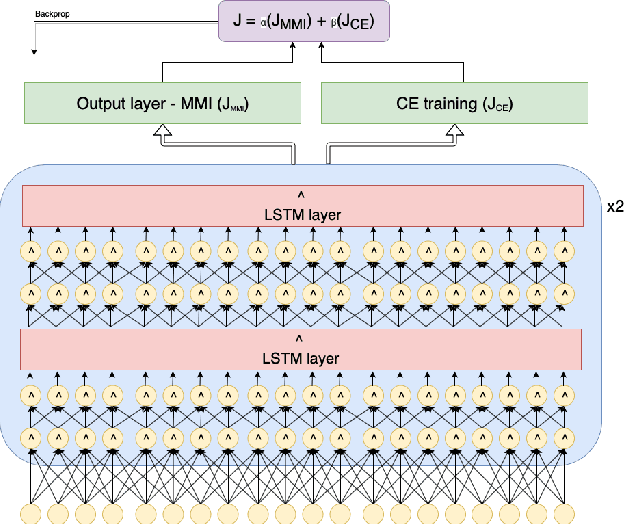Nagendra Kumar Goel
Comparison of SVD and factorized TDNN approaches for speech to text
Oct 13, 2021



Abstract:This work concentrates on reducing the RTF and word error rate of a hybrid HMM-DNN. Our baseline system uses an architecture with TDNN and LSTM layers. We find this architecture particularly useful for lightly reverberated environments. However, these models tend to demand more computation than is desirable. In this work, we explore alternate architectures employing singular value decomposition (SVD) is applied to the TDNN layers to reduce the RTF, as well as to the affine transforms of every LSTM cell. We compare this approach with specifying bottleneck layers similar to those introduced by SVD before training. Additionally, we reduced the search space of the decoding graph to make it a better fit to operate in real-time applications. We report -61.57% relative reduction in RTF and almost 1% relative decrease in WER for our architecture trained on Fisher data along with reverberated versions of this dataset in order to match one of our target test distributions.
 Add to Chrome
Add to Chrome Add to Firefox
Add to Firefox Add to Edge
Add to Edge